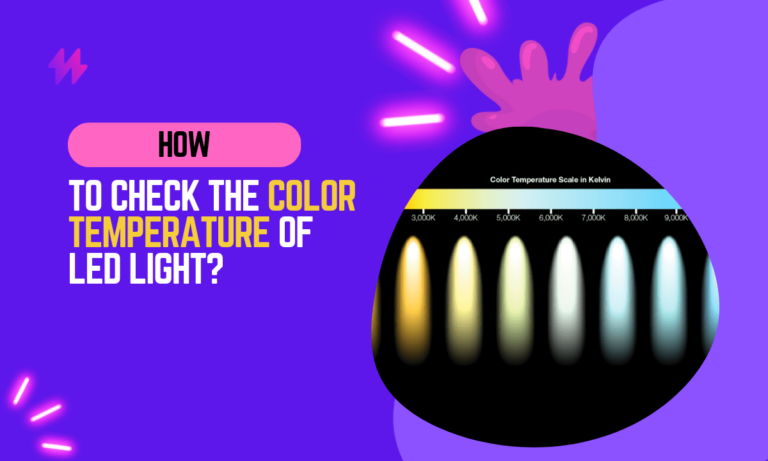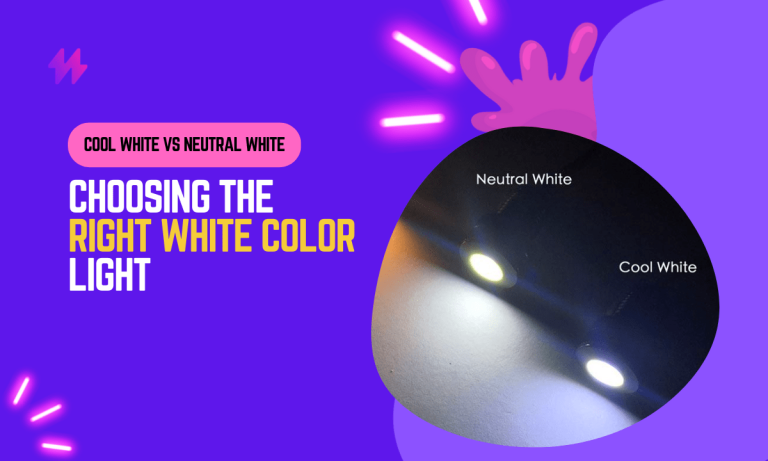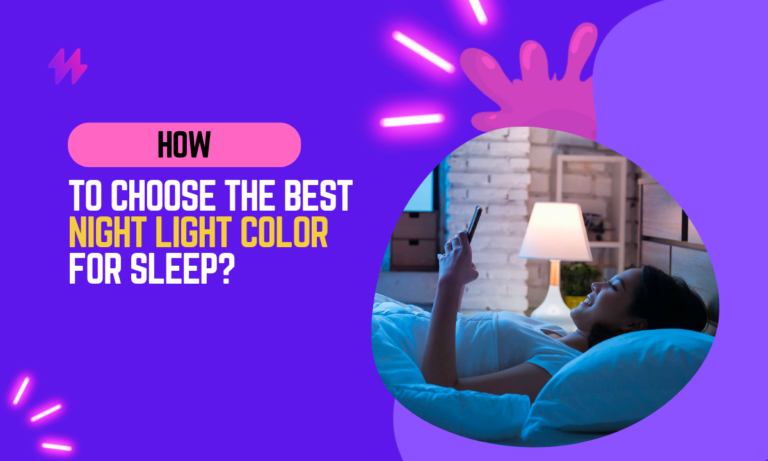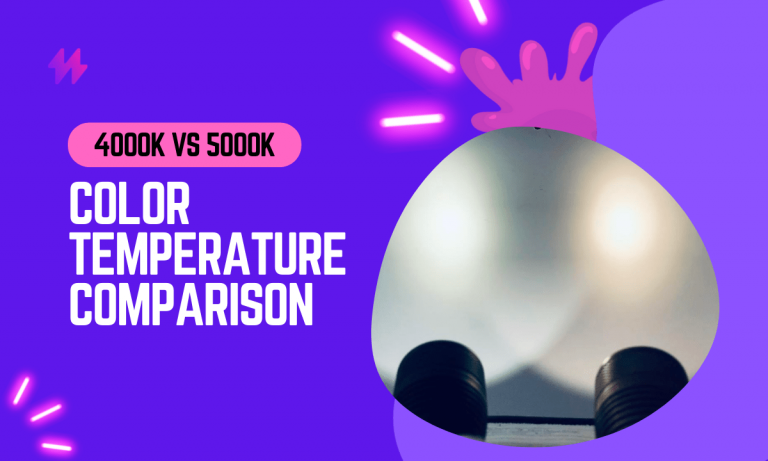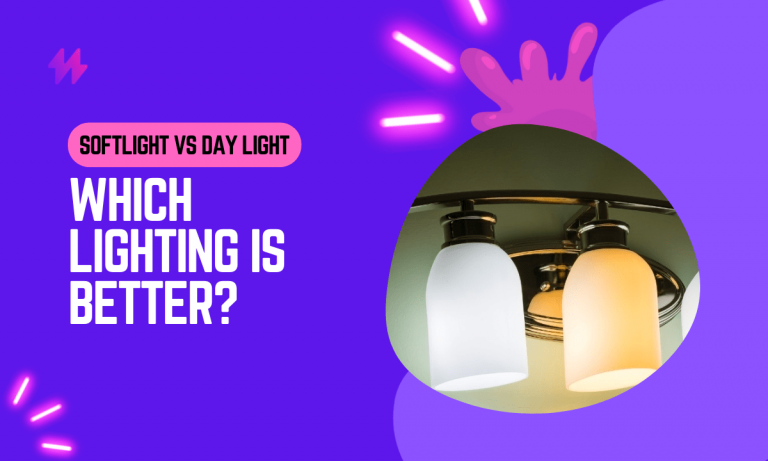How to Choose Bathroom Color Temperature in 2023
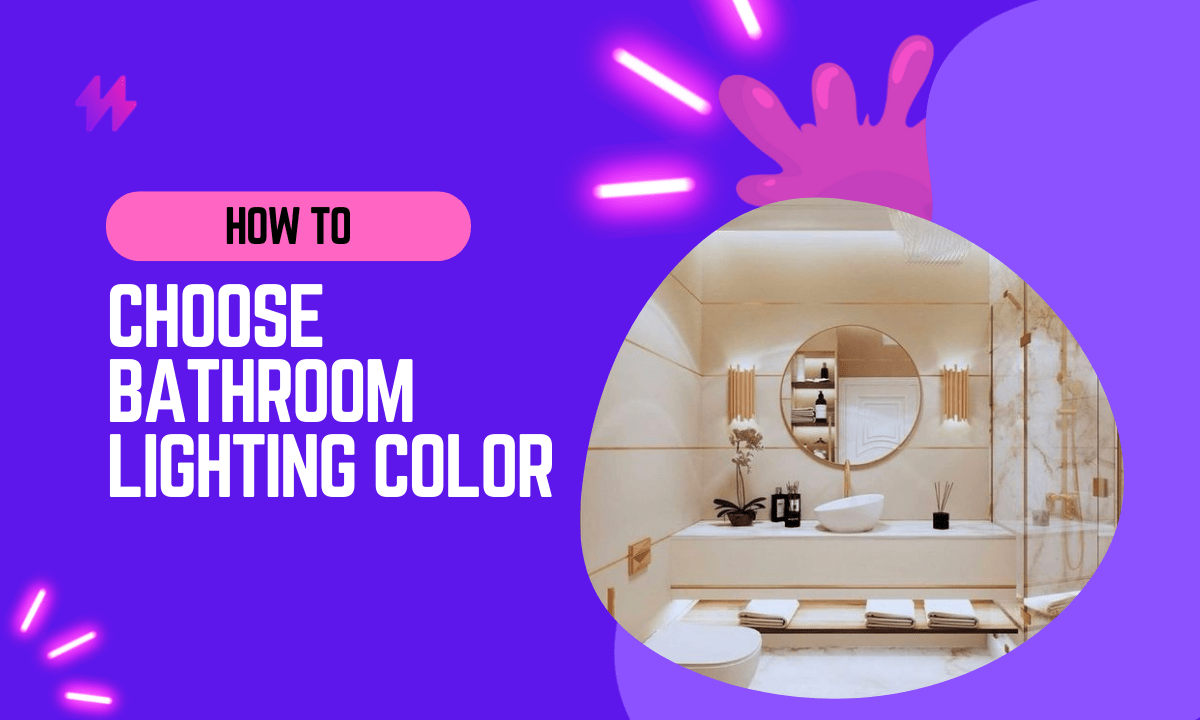
When it comes to bathroom color temperature, many people don’t think about it too much. But, in reality, this is something that should be given some thought. After all, the wrong color temperature can lead to a number of problems. In this article, we will discuss the importance of choosing bathroom color temperature and the factors that affect it.
What is the Best Color Temperature for a Bathroom?
The best color temperature for a bathroom is 3,000-3,200 Kelvins. This light is bright and crisp, making it perfect for bathroom tasks like styling hair, shaving, or applying makeup. If you have a bathroom that is only used for guests, you may want to choose a warmer light, around 2,700 Kelvins. This light is more flattering and creates a better ambiance.
Different types of color temperatures
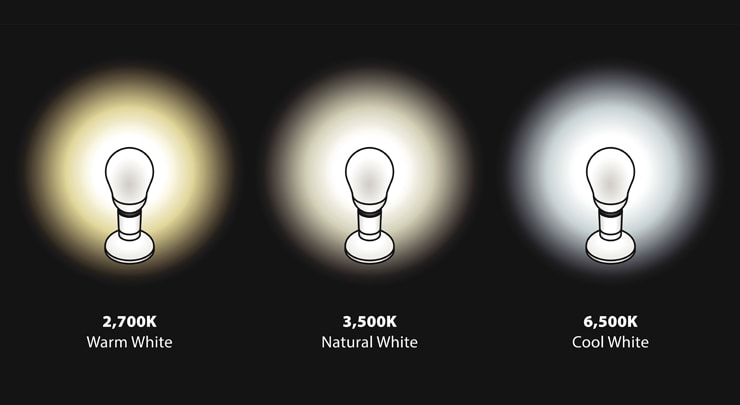
There are two different kinds of color temperatures: Warm and Cool
Warm Color Temperature: Warm color temperatures make a room feel cozy and inviting. They are often used in living rooms, bedrooms, and bathrooms. The most common warm color temperature is 2700K.
Cool Color Temperature: Cool color temperatures make a room feel bright and refreshing. They are often used in kitchens, offices, and other work areas. The most common cool color temperature is 4000K or 5000K.
How to Choose Bathroom Color Temperature
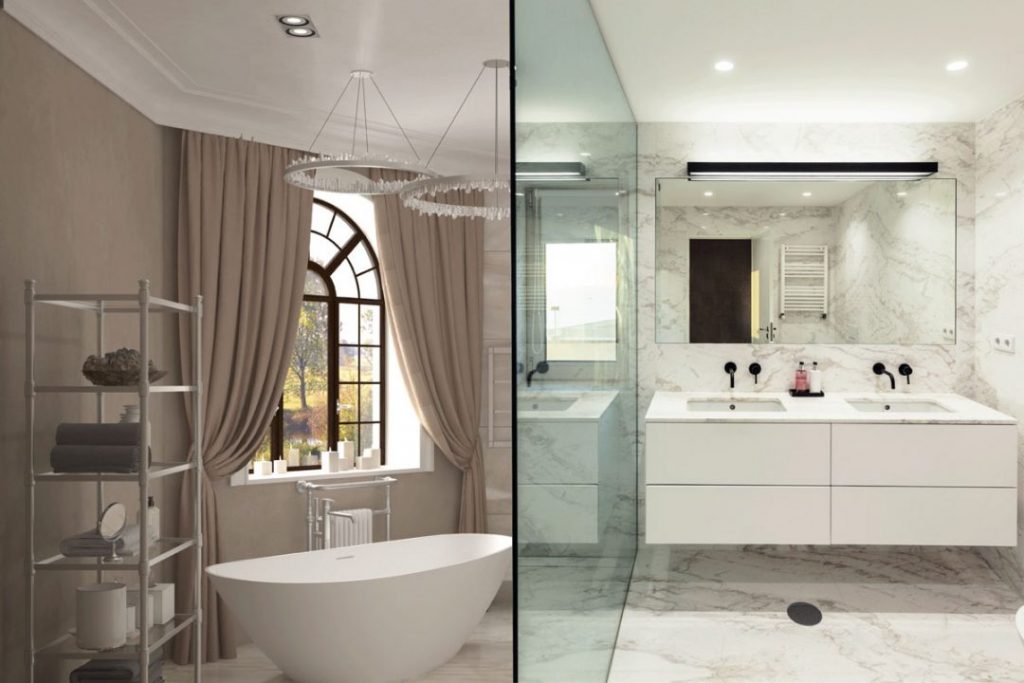
When choosing a bathroom color temperature, there are a few things to keep in mind.
- Purpose of the room: If you are using the bathroom for tasks that require a lot of concentration, like applying makeup or shaving, you will want a bright, crisp light. A color temperature of 3000-3200K is perfect for this. If you are using the bathroom for relaxing activities, like taking a bath, you will want a softer light. A color temperature of 2700K is perfect for this.
- Size of the room: If you have a small bathroom, you will want to choose a light that makes the space feel bigger and brighter. A color temperature of 4100K is perfect for this. If you have a large bathroom, you will want to choose a light that creates a cozy, inviting atmosphere. A color temperature of 2700K is perfect for this.
- Wall Color: The color of your walls can have a big impact on the light in your bathroom. If you have white walls, you will want to choose a light that is bright and crisp. A color temperature of 3000-3200K is perfect for this. If you have colored walls, you will want to choose a light that brings out the colors of your walls.
- Fixtures: The type of fixtures you have in your bathroom will also affect the light. If you have a lot of metal fixtures, like faucets and towel racks, you will want to choose a light that is bright and crisp. A color temperature of 3000-3200K is perfect for this. If you have a lot of glass fixtures, like mirrors and shower doors, you will want to choose a light that is soft and flattering.
- Personal preference: Ultimately, the best color temperature for your bathroom is the one that you prefer. If you like the way a cool, crisp light makes you feel, choose a color temperature of 3000-3200K. If you prefer the warm, inviting atmosphere of softer light, choose a color temperature of 2700K.
Must read: How to LED Faucet Lights Works Automatically
3000K vs 4000K vs 5000K for Bathroom Lighting
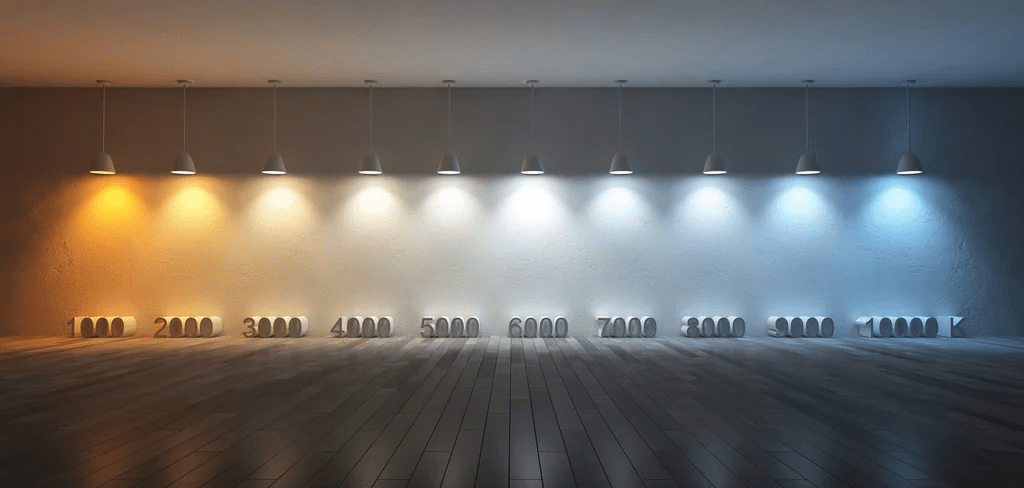
The most popular color temperatures for bathroom lighting are 3000K, 4000K, and 5000K. Each has its own benefits and drawbacks.
3000K: The benefits of a 3000K light are that it is bright and crisp, making it perfect for tasks that require a lot of concentration. The drawbacks of a 3000K light are that it can be harsh on the eyes and make the space feel smaller.
4000K: The benefits of a 4000K light are that it is bright and refreshing, making it perfect for small spaces. The drawbacks of a 4000K light are that it can be harsh on the eyes and make the space feel colder.
5000K: The benefits of a 5000K light are that it is very bright and crisp, making it perfect for tasks that require a lot of concentration. The drawbacks of a 5000K light are that it can be too harsh on the eyes and make the space feel sterile.
So, which one should you choose? Ultimately, the decision comes down to personal preference.
Also Read: Soft white Light vs DayLight
FAQs
Getting your bathroom lighting dialed in is no easy task. And you’ll most likely have a few more questions that need to be answered. Here are some common ones.
Q: 3000K or 4000K which is best for the Bathroom?
A: This really comes down to personal preference. A 4000K light is going to be brighter, while a 3000K light will be more flattering and inviting.
Q: How many lumens do I need for my bathroom?
A: This depends on the size of your bathroom. For a small bathroom, you will want at least 800 lumens. For a medium-sized bathroom, you will want at least 1200 lumens. For a large bathroom, you will want at least 1600 lumens.
Q: What type of bulb should I use in my bathroom?
A: There are a few different types of bulbs that can be used in a bathroom. The most common are incandescent, halogen, LED, and CFL.
Q: Can I use a dimmer switch in my bathroom?
A: Yes, you can use a dimmer switch in your bathroom. However, you will want to make sure that the dimmer switch is compatible with the type of bulb you are using.
Q: What is CRI and why is it important?
A: CRI stands for Color Rendering Index. It is a measure of how well a light source renders colors. A higher CRI means that colors will look more accurate under the light. For a bathroom, you will want a light with a CRI of 80 or higher.
Conclusion
In conclusion, selecting the appropriate color temperature for bathroom lighting in 2023 is a critical decision that impacts both the aesthetics and functionality of this essential space. The choice of color temperature in the bathroom should cater to the variety of activities that take place, from grooming to relaxing. For tasks such as shaving or makeup application, a cooler color temperature around 4000K to 5000K is often recommended because it mimics daylight and provides excellent contrast and clarity. This helps in accurately rendering skin tones and colors, ensuring that grooming tasks are performed with precision.
On the other hand, for a more soothing and welcoming atmosphere, particularly for baths or showers, warmer tones ranging from 2700K to 3000K can create a more calming and relaxing environment. These warmer hues reduce glare and shadow, which enhances comfort and promotes relaxation during downtime in the bathroom. Additionally, integrating dimmable lights and smart lighting systems that allow for the adjustment of color temperatures can offer the best of both worlds. Such technologies enable homeowners to tailor lighting based on time of day or specific needs, shifting seamlessly from energizing light in the morning to soothing light in the evening. With these considerations in mind, homeowners can effectively enhance both the utility and ambiance of their bathrooms, making them not only functional but also a haven of personal comfort.

